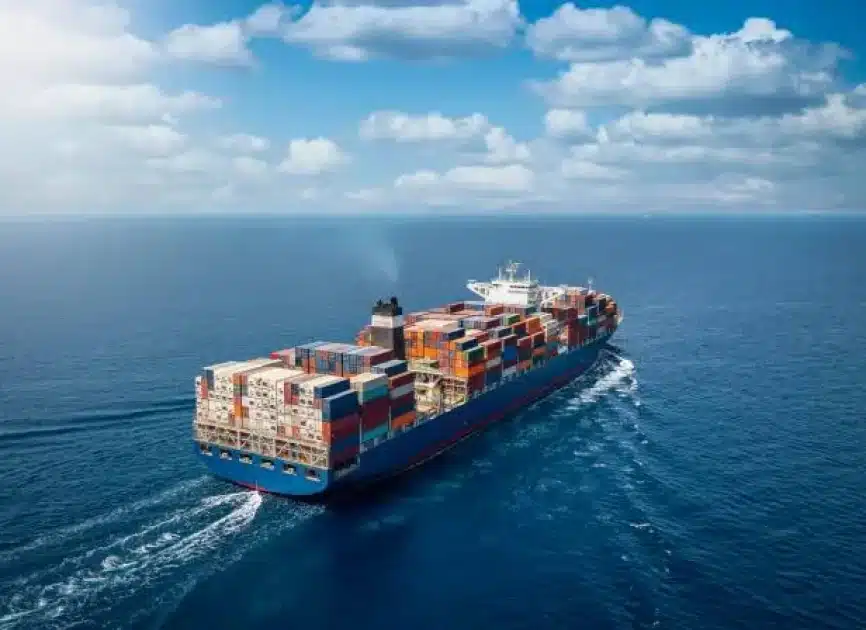OPINION: Diaz – The future of shipping, charting a new
Shipping Industry Faces Transformative Challenges Ahead

The global shipping industry, a cornerstone of international trade, is at a pivotal moment as it grapples with technological advancements, environmental concerns, and evolving market demands. With significant revenue generation and a vast network of services, the sector is adapting to new challenges, including the need for sustainability and efficiency. As the industry moves forward, it must navigate the complexities of modern logistics while addressing its impact on climate change.
Historical Context and Current Landscape
The roots of global shipping trace back thousands of years, with ancient civilizations such as the Egyptians, Phoenicians, and Greeks utilizing maritime routes for trade. The age of exploration saw European powers establish extensive trade networks connecting continents, significantly expanding maritime commerce. Notably, the British East India Company emerged as a powerful force, pioneering long-distance trade and shaping early logistics alongside the Dutch East India Company.
The Industrial Revolution marked a significant turning point, introducing steamships and railroads that enhanced shipping speed and reliability. The 20th century brought containerization, revolutionizing cargo transport and boosting global trade efficiency. Today, the shipping industry is characterized by high-tech logistics driven by automation, digital tracking, and sustainability initiatives. By 2024, major shipping companies like Maersk and CMA CGM reported revenues of approximately $55.5 billion, underscoring the sector’s economic impact.
As the world increasingly relies on maritime shipping—responsible for over 80% of international goods by volume—the industry faces a transformative crossroads. The push for efficiency and resilience is coupled with urgent environmental concerns, as shipping accounts for about 2.9% of global greenhouse gas emissions. The International Maritime Organization (IMO) aims for a 50% reduction in emissions by 2050, prompting innovations such as ammonia-powered vessels and wind-assisted propulsion systems.
Technological Innovations and Future Directions
The shipping industry is embracing a digital future, with vessels equipped with sensors and AI-driven systems for real-time tracking and route optimization. The integration of Internet of Things (IoT) technologies is giving rise to “smart ships” that enhance operational efficiency and compliance with safety regulations. While fully autonomous shipping is still on the horizon, pilot programs are underway in countries like Norway and Japan, showcasing the potential for reduced labor costs and improved safety.
The COVID-19 pandemic exposed vulnerabilities in global supply chains, prompting a shift from a “just-in-time” to a “just-in-case” approach, emphasizing flexibility and resilience. As ships become smarter, ports are also evolving, with automated facilities utilizing robotics and AI to streamline operations. However, the future of shipping will also be influenced by geopolitical factors, including trade tensions and regional alliances that could reshape global trade flows.
As the industry navigates these challenges, the convergence of technology and sustainability will be crucial. The future of shipping promises to be more efficient, transparent, and equitable, aligning with global priorities. For an industry as ancient as civilization itself, the horizon appears both exciting and vital for economic transformation.
